Software
Neuroscience research has seen an incredible boost with several large-scale projects focused on amassing large amounts of data to capture specific aspects of brain structure and function. While these initiatives have brought some new insights, they present a formidable challenge in how to integrate the data to get a cohesive perspective. Phrased differently, there are ample initiatives that focus on measuring the different pieces of the brain, but few that are poised to put it back together.
Much of the work in our lab is geared towards developing methods and approaches to analyzing brain data. Two of our key significant developments are PLS & TVB. In fitting with our open science approach to research, both are freely available for download and use.
PARTIAL LEAST SQUARES
Partial least squares (PLS), which was introduced to the neuroimaging community in 1996, has proven to be a robust method for extracting distributed signal changes related to changing task demands (Task PLS). It has also been applied to measuring distributed patterns that impact task performance (Behaviour PLS) and finally to task-dependent changes in the relation between brain regions.
The software for PLS has been written in MATLAB and made publicly available. A version of PLS written in Python is currently in beta release. We have recently extended PLS to deal with spatiotemporal data, such as ERP and fMRI. Since instantiation, the original publication on PLS has been cited by others over 1000 times in both neuroimaging and neuropsychological literature.
THE VIRTUAL BRAIN
We have developed The Virtual Brain (TVB), an open-source platform for the creation of large-scale brain network models. TVB uses connectome-based modeling to integrate empirical data with dynamical systems equations and generates simulated data across multiple spatio-temporal scales. The unique feature of TVB is the capacity to directly link with empirical data. This places TVB in a singular position of providing the quantitative link between data sources within a single computational modeling framework.
TVB is the translational research output of an international research consortium, namely the Brain Network Recovery Group (NRG), lead by Dr Randy McIntosh.


